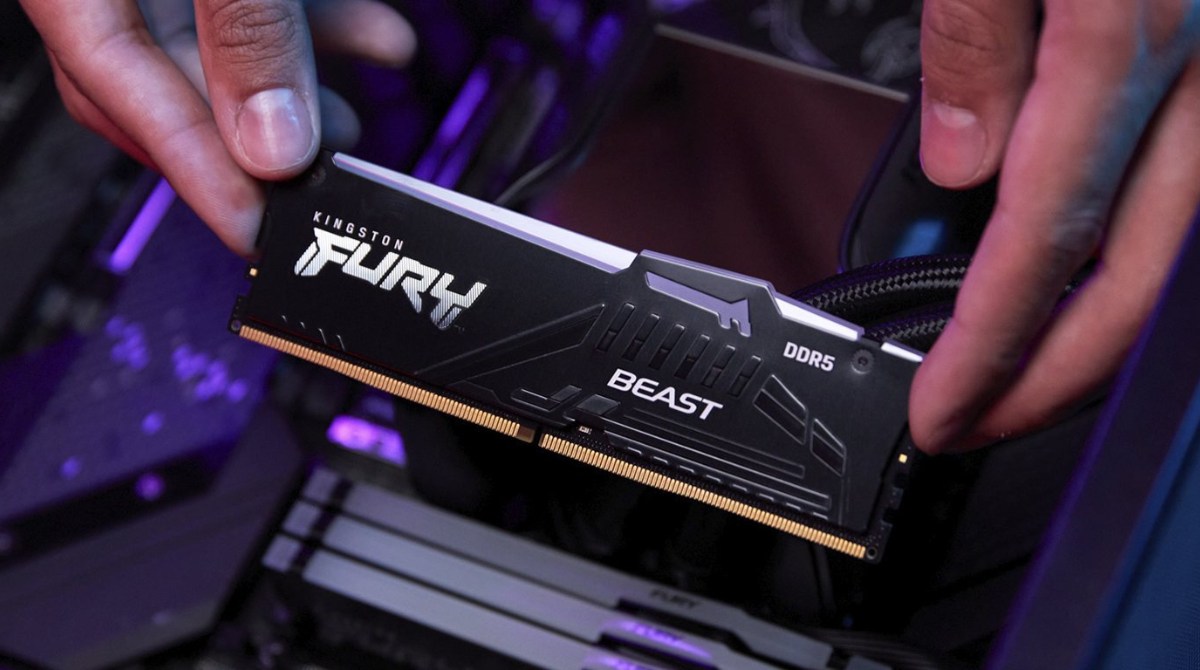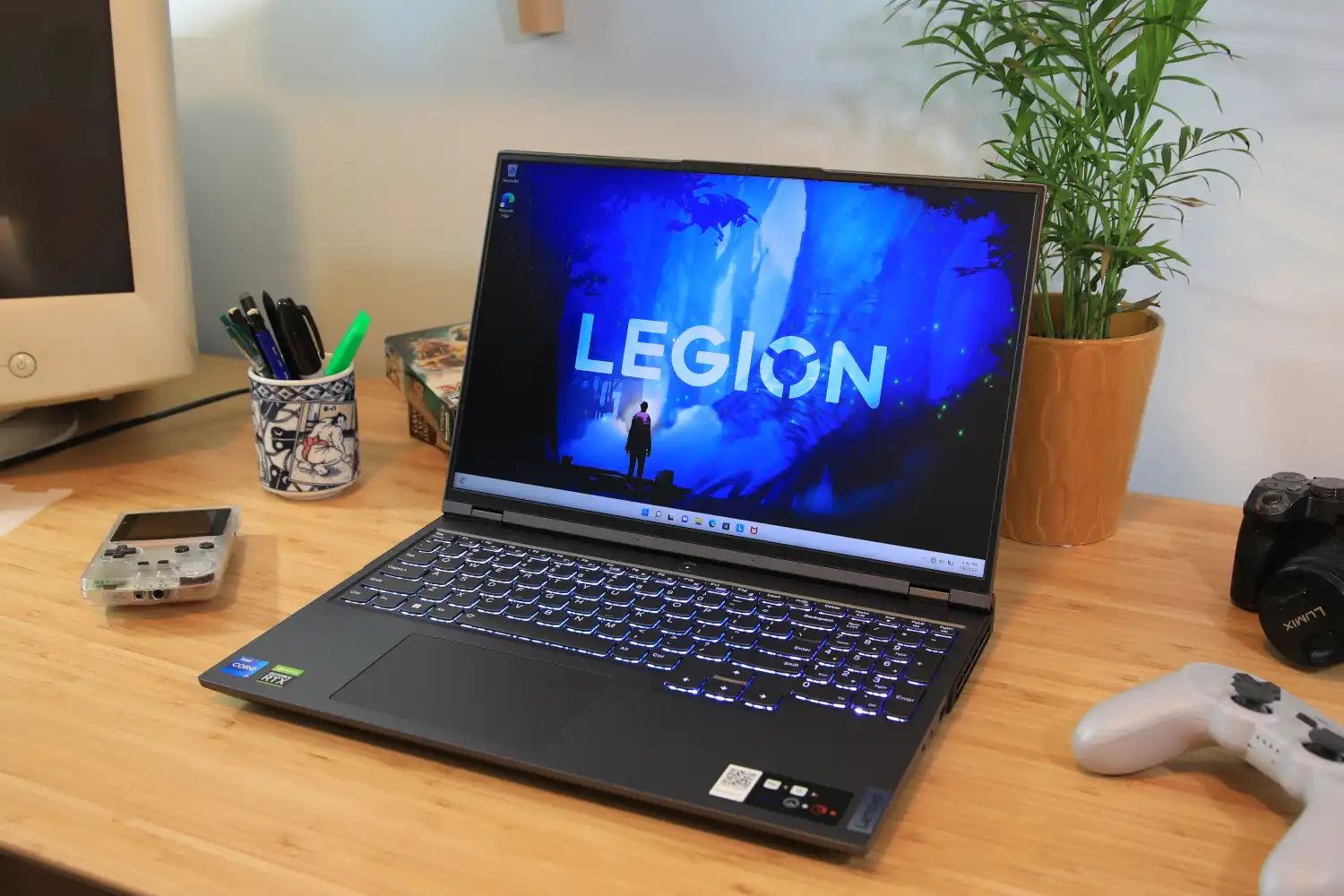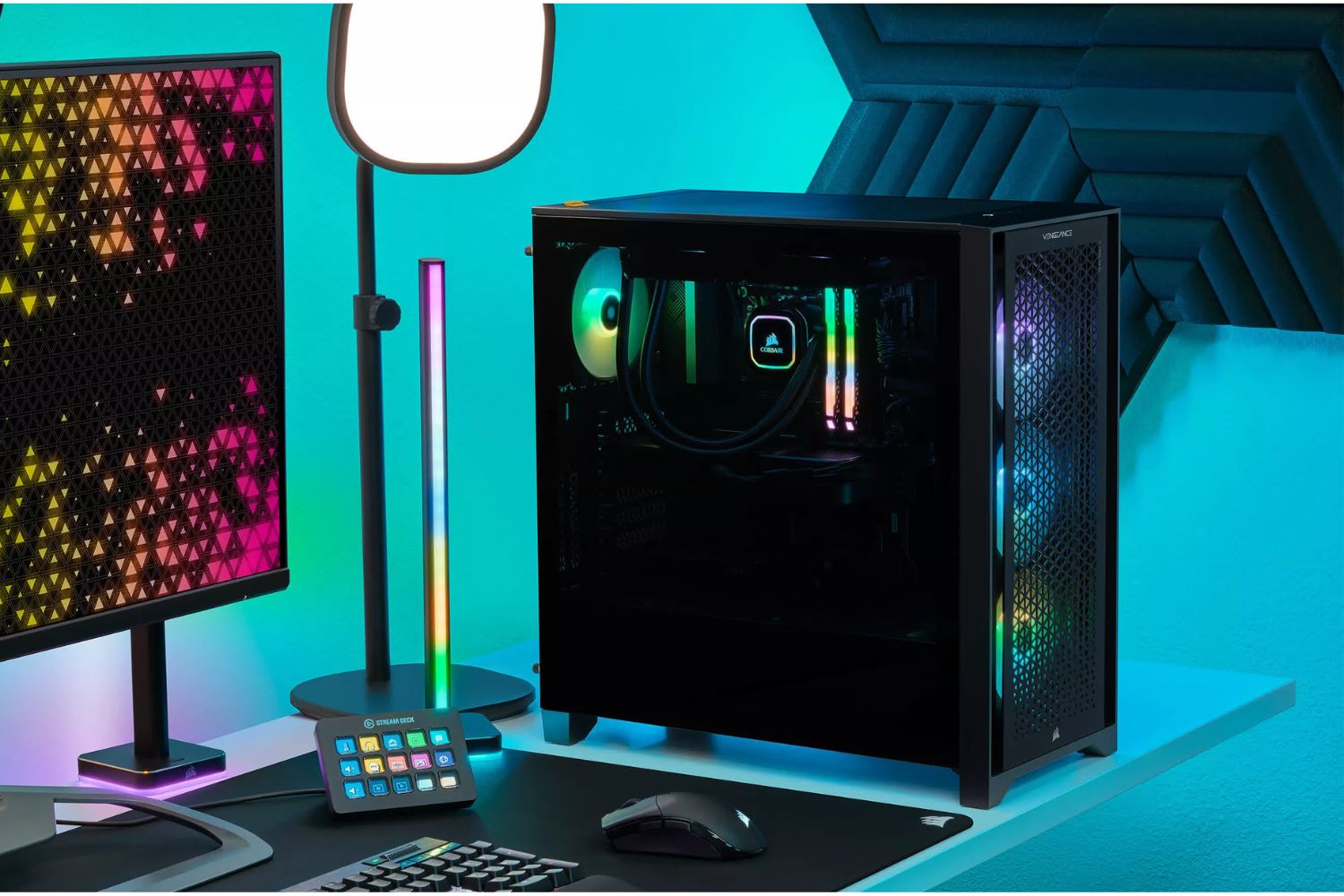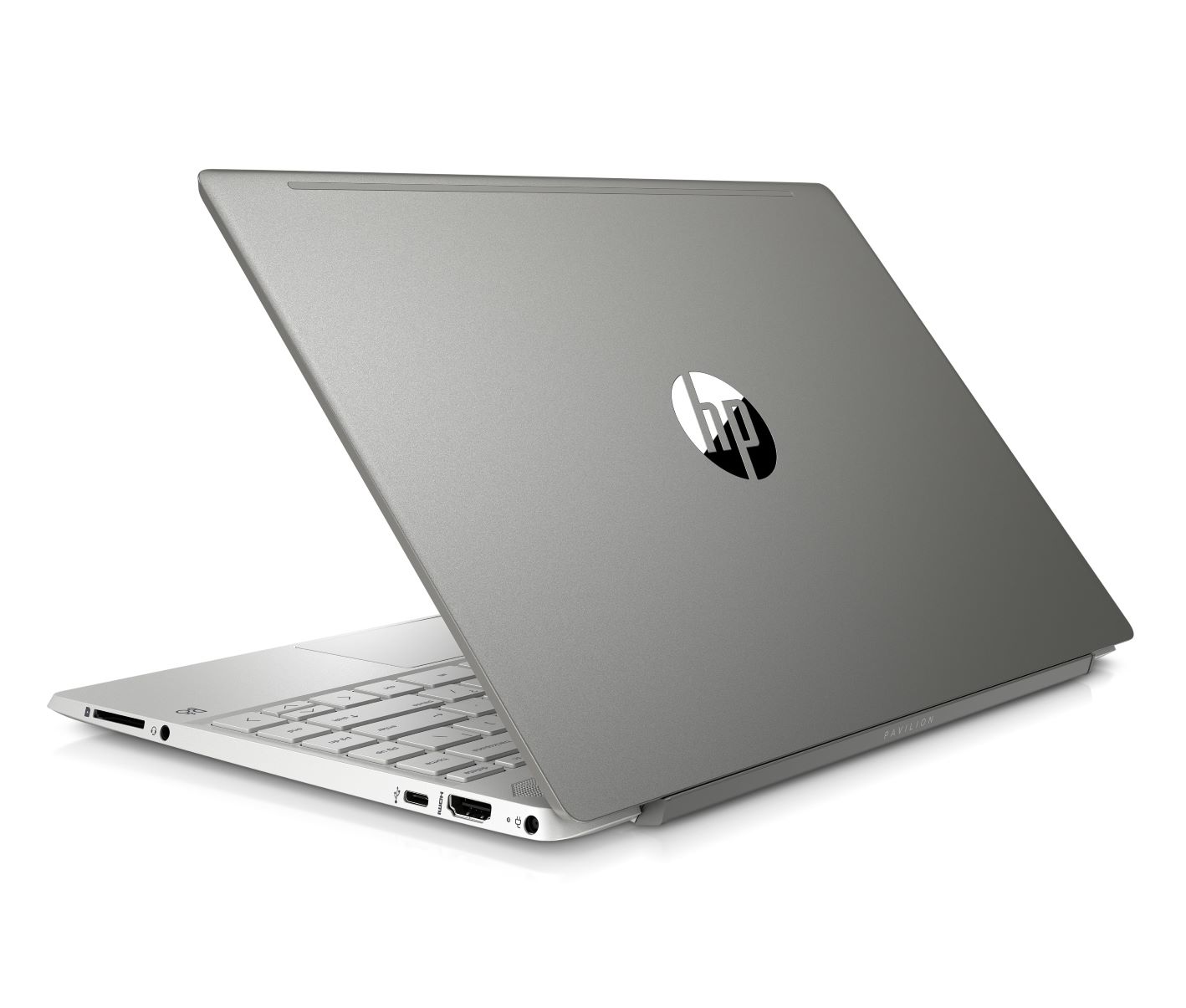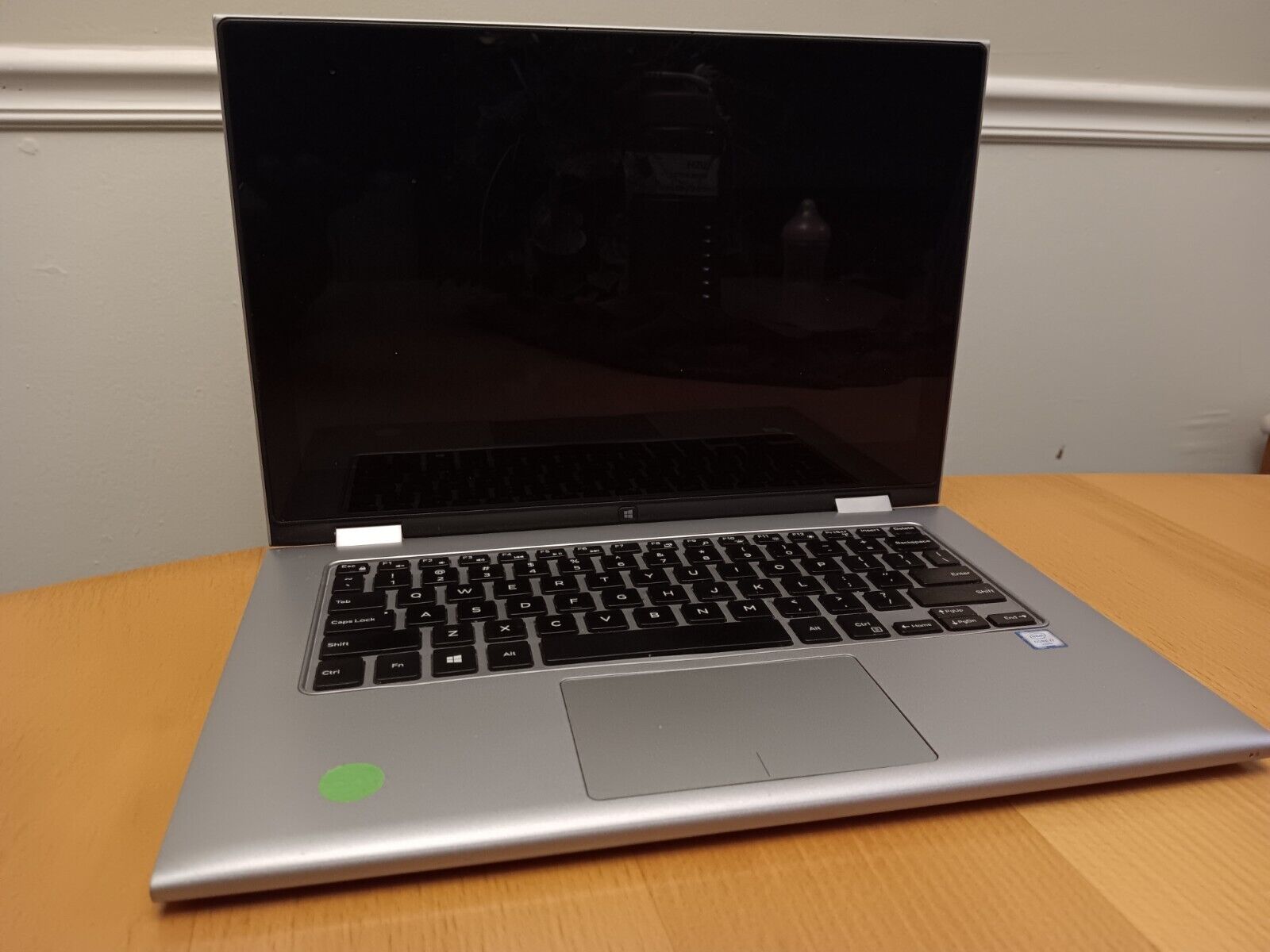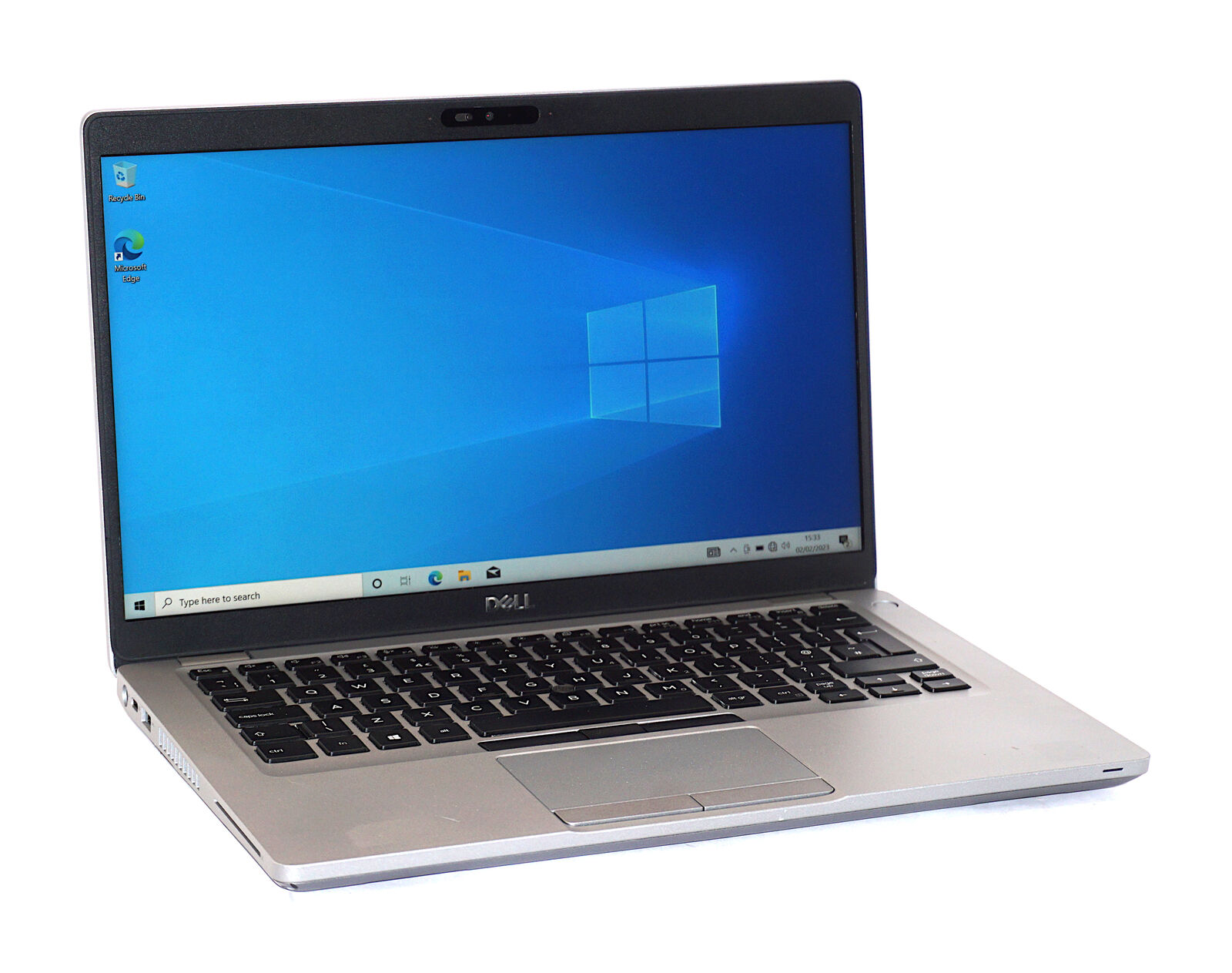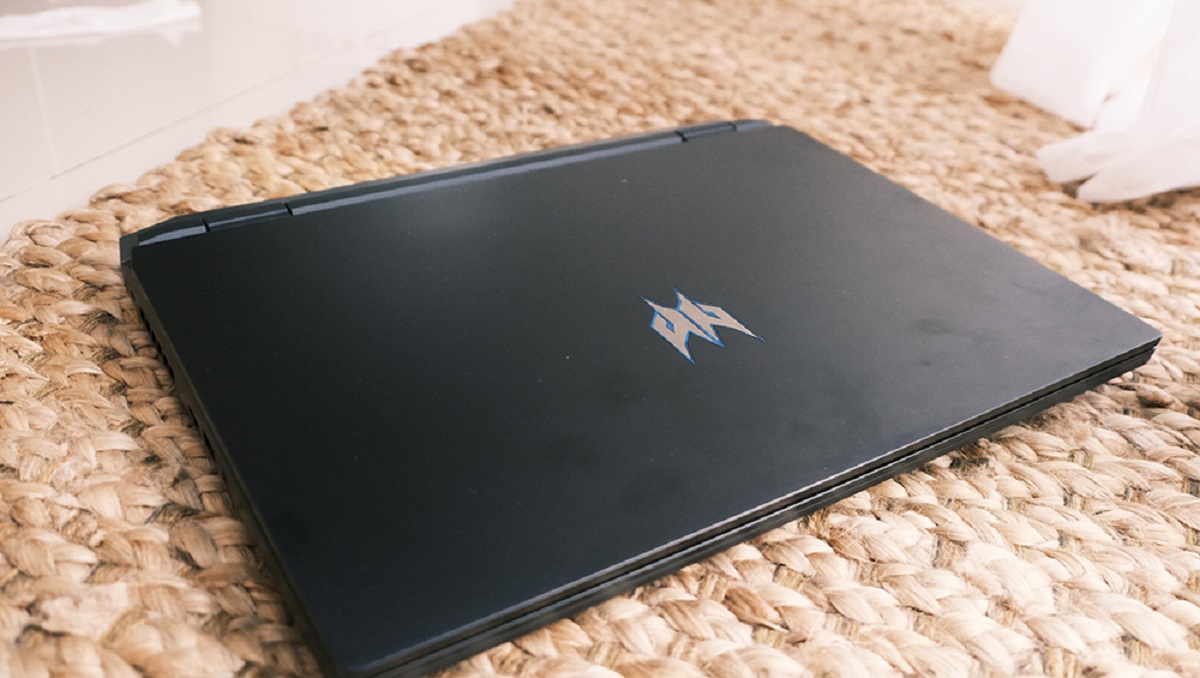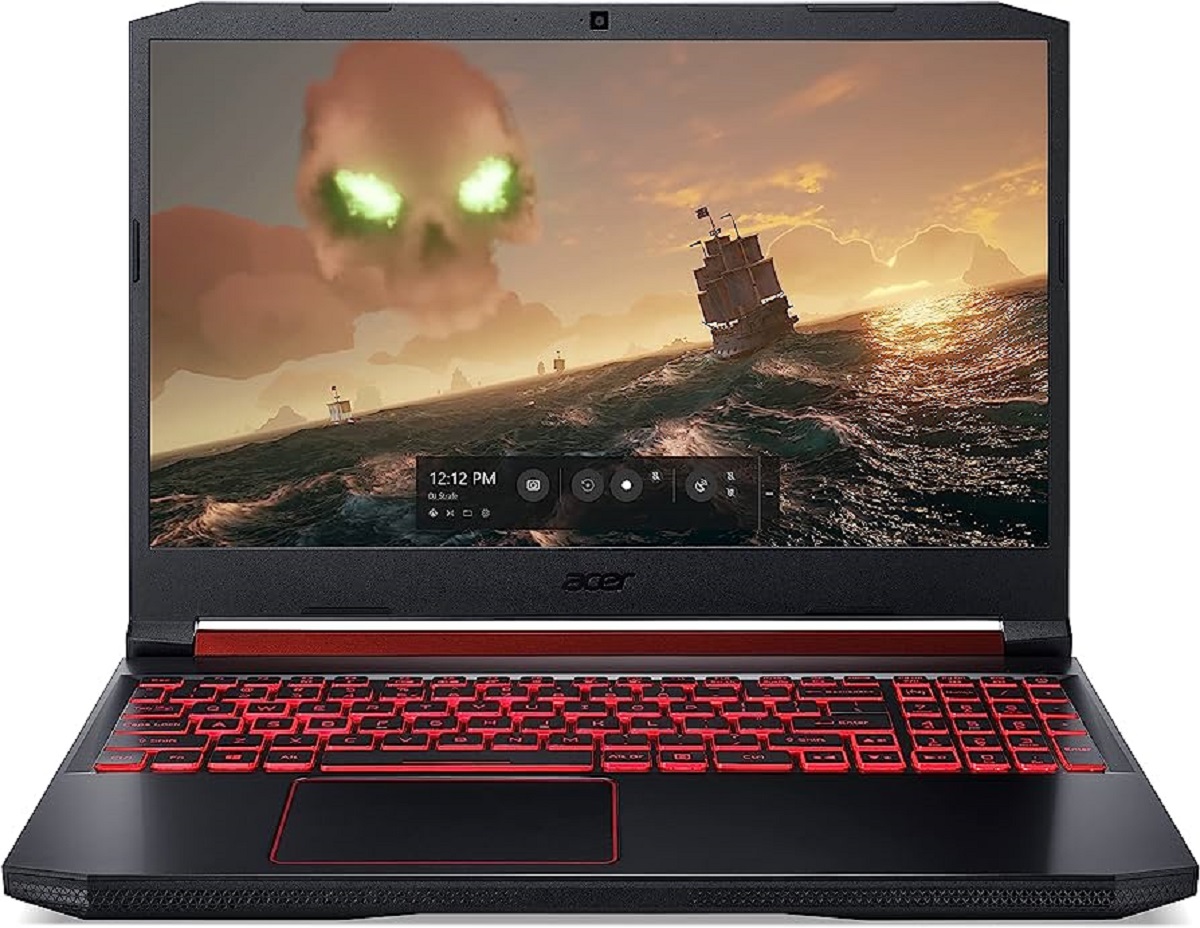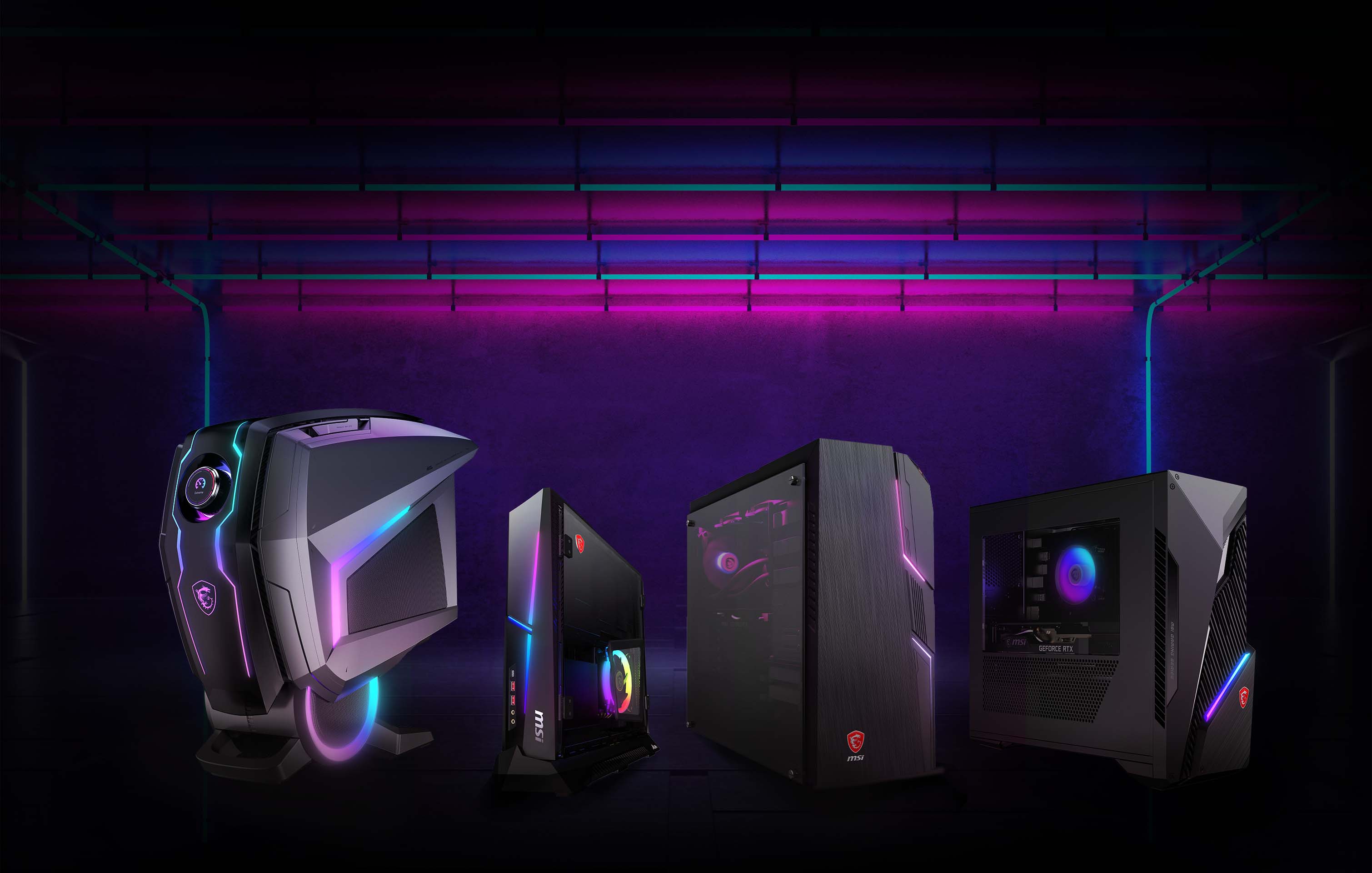Introduction
When it comes to building a powerful computer system, one crucial component that often comes to mind is RAM, or Random Access Memory. RAM plays a vital role in the overall performance and responsiveness of a computer, allowing it to handle multiple tasks and applications simultaneously.
However, beyond its performance benefits, many wonder about the power consumption of RAM. How much electricity does RAM consume, particularly when it comes to different RAM sizes? Understanding the power usage of RAM can not only help users optimize their system’s energy efficiency but also aid in making informed decisions when upgrading or building a new computer.
In this article, we’ll explore the power consumption of RAM, specifically focusing on 16GB RAM modules. We’ll delve into how RAM utilizes power, the factors that affect its consumption, and provide insights into the energy requirements of various RAM sizes. Whether you’re a computer enthusiast or simply looking to improve your system’s efficiency, this article will shed light on the power usage of 16GB RAM, and equip you with the knowledge to make informed choices.
What is RAM?
RAM, which stands for Random Access Memory, is a type of computer memory that is used by the computer’s operating system and software applications. It serves as a temporary storage area for data that is actively being used by the processor. Unlike permanent storage devices, such as hard drives or solid-state drives, RAM is volatile, meaning that its contents are lost when the computer is powered off or restarted.
RAM plays a vital role in the overall performance of a computer system. It allows the computer’s CPU (Central Processing Unit) to quickly access data that is required for executing various programs and tasks. The larger the amount of RAM available, the more data can be stored in it, resulting in smoother performance and faster multitasking.
When a user runs an application or opens a file, the relevant data is temporarily loaded into RAM to ensure quick access and smooth operation. This allows the computer to rapidly retrieve and write data, as opposed to accessing it from slower storage devices like hard drives. RAM acts as a bridge between the CPU and permanent storage, making data readily available for processing.
RAM is available in various capacities, measured in gigabytes (GB). Common RAM sizes include 4GB, 8GB, 16GB, and 32GB, with higher capacities becoming more prevalent in modern systems. The amount of RAM a computer has can significantly impact its performance, especially when running resource-intensive applications or multitasking.
Overall, RAM is a critical component of a computer system, enabling fast and efficient data access for the processor. Its capacity and speed directly influence the speed and responsiveness of applications and the system as a whole. Understanding how RAM operates and its impact on system performance is crucial for making informed decisions when upgrading or building a computer.
How does RAM use power?
RAM, being an active component of a computer system, requires power to function. While the power consumption of RAM is relatively low compared to other components like the CPU or graphics card, it still plays a role in overall energy usage. Understanding how RAM utilizes power can help optimize system efficiency and manage energy consumption effectively.
RAM uses power in two main ways: standby mode and active mode. In standby mode, also known as idle state, the RAM consumes a minimal amount of power. This power is necessary to maintain the stored data and keep the memory cells in a ready state. Even when the computer is inactive or in sleep mode, the RAM requires some power to retain the data present in it.
When the computer is active and running tasks or applications, the RAM enters active mode. During this state, power consumption increases as the RAM operates at its full capacity. This includes reading, writing, and refreshing data stored in the memory cells. The power consumption in active mode is higher compared to standby mode, but the overall impact on the total power consumption of a system is still relatively low.
It’s worth noting that the power consumption of RAM is influenced by several factors, including the technology used in the modules, operating voltage, clock speed, and bus speed. Different generations of RAM, such as DDR3, DDR4, and DDR5, have varying power requirements and efficiency.
In addition to the power used by the RAM itself, it’s essential to consider the power required by the motherboard and other components connected to the RAM. This includes the memory controller, voltage regulators, and other supporting circuitry. These components contribute to the overall power consumption of the RAM system.
Overall, while RAM consumes power during both idle and active states, its power requirements are relatively low compared to other components in a computer system. Understanding how RAM utilizes power can help users optimize their system’s energy efficiency and make informed decisions when it comes to power management and component selection.
RAM power consumption in idle mode
When a computer is in idle mode, with no active applications or tasks running, the RAM operates in a low-power state. In this state, the power consumption of RAM is minimal compared to when the system is actively running tasks. However, there is still some power usage by the RAM to maintain the data stored in its memory cells and keep them ready for quick access.
The amount of power consumed by RAM in idle mode varies depending on various factors, such as the capacity of the RAM module, the technology used, and the specific power management features implemented by the manufacturer. On average, RAM modules consume around 1-2 watts of power in idle mode.
It is important to note that the power consumption of RAM alone may not significantly impact the overall power consumption of a computer system in idle mode. Other components like the CPU, graphics card, and motherboard also contribute to the total power usage. However, every watt matters when it comes to energy efficiency, especially in scenarios where a large number of computers are deployed.
Modern RAM modules often incorporate power-saving features like low-power states, dynamic voltage scaling, and automatic refresh rate adjustments. These features help to reduce power consumption even further when the RAM is idle or not actively accessed by the system. Additionally, some operating systems and BIOS settings offer options to optimize power consumption by adjusting RAM sleep states and power management settings.
One important consideration when it comes to idle power consumption is the system’s sleep or hibernation modes. In these modes, the RAM modules can enter even lower-power states where the power consumption is minimal, effectively conserving energy while still retaining the data stored in RAM. Sleep and hibernation modes are particularly useful in scenarios where the computer is not in constant use, such as overnight periods or extended breaks.
Overall, while the power consumption of RAM in idle mode is relatively low, it is still a factor to consider when aiming for optimal energy efficiency. Manufacturers continue to improve power-saving technologies in RAM modules, ensuring that power consumption is minimized when the system is in an idle state. By optimizing power management settings and taking advantage of sleep and hibernation modes, users can further reduce power usage and contribute to overall energy efficiency.
RAM power consumption under load
When a computer system is under load, with multiple applications running simultaneously or resource-intensive tasks being performed, the RAM operates in an active state, requiring more power to perform its functions efficiently. The power consumption of RAM under load depends on several factors, including the capacity of the RAM module, clock speed, voltage, and the intensity of the workload.
Under load, the RAM is constantly reading and writing data to meet the demands of the running applications. The power consumption of RAM increases as it performs these operations, but it is still relatively low compared to other components like the CPU or graphics card. On average, the power consumption of RAM modules under load can range from 2 to 4 watts.
It’s important to note that the power consumption of RAM under load may not have a significant impact on the overall power usage of a computer system, especially when compared to power-hungry components like the CPU or graphics card. However, every watt counts when it comes to optimizing energy efficiency and managing power consumption.
Efforts have been made by RAM manufacturers to minimize power consumption under load by incorporating power-saving technologies and optimizing the energy efficiency of their modules. Newer generations of RAM, such as DDR4 and DDR5, have implemented lower operating voltages and improved power management features, resulting in reduced power consumption while maintaining high performance.
It’s essential to consider the overall system’s power requirements and balance the power consumption of various components to achieve optimal energy efficiency. By selecting RAM modules with power-saving features and ensuring compatibility with other components, users can build systems that offer a balance between performance and power consumption.
Additionally, system stability and reliability play a crucial role in power consumption. Fast and efficient memory modules can help reduce power consumption by minimizing the need for frequent memory access and refreshing. This can be achieved through the use of higher-speed RAM modules and efficient memory controllers.
Overall, while the RAM’s power consumption under load is relatively low compared to other components, it is still a consideration for users aiming to build energy-efficient systems. By selecting RAM modules with optimized power management features and balancing overall power requirements, users can achieve a system that delivers both performance and efficient power consumption under load.
Factors that affect RAM power consumption
The power consumption of RAM is influenced by several factors, ranging from the technology used in the modules to the specific operating conditions. Understanding these factors can help users make informed decisions when selecting RAM modules and optimizing power consumption in their computer systems.
1. RAM Capacity: The capacity of the RAM module directly impacts its power consumption. Larger capacity modules generally consume more power than smaller ones. For example, a 16GB RAM module typically consumes more power than an 8GB module.
2. RAM Technology: Different generations of RAM, such as DDR3, DDR4, and DDR5, have varying power requirements. Newer generations tend to be more power-efficient, offering similar or improved performance with less power consumption.
3. Operating Voltage: RAM modules operate at specific voltages. Lower voltage modules tend to consume less power. For example, DDR4 RAM uses a lower voltage compared to DDR3, resulting in improved energy efficiency.
4. Clock Speed: The clock speed at which RAM operates can affect power consumption. Higher clock speeds generally result in increased power consumption. Consider balancing clock speed with performance requirements to optimize power consumption.
5. Workload Intensity: The intensity of the workload and the amount of data being transferred to and from the RAM can impact power consumption. More demanding tasks require higher levels of data access, resulting in increased power usage.
6. Temperature: RAM modules can be sensitive to temperature, and higher temperatures can increase power consumption. Proper cooling measures are essential to ensure optimal performance and lower power consumption.
7. Efficiency of Memory Controller: The memory controller, which manages the data flow between the RAM and the CPU, can impact power consumption. Efficient memory controllers can minimize unnecessary data transfers, reducing power usage.
8. Power Management Features: Some RAM modules are equipped with power-saving features like low-power states, dynamic voltage scaling, and automatic refresh rate adjustments. These features help reduce power consumption during idle periods or when the RAM is not actively accessed.
By considering these factors, users can choose RAM modules that align with their power consumption requirements and optimize power management settings to enhance energy efficiency. It’s important to strike a balance between power consumption, performance, and system stability when selecting RAM for a computer system.
How many watts does 16GB of RAM use?
The power consumption of 16GB RAM modules can vary depending on various factors, including the specific technology used, operating voltage, and workload intensity. While it’s difficult to provide an exact figure for power consumption, an average estimation can help users understand the power requirements for 16GB RAM.
On average, a 16GB RAM module consumes around 2 to 4 watts of power. This power consumption can be influenced by factors such as the RAM technology (e.g., DDR3, DDR4, or DDR5), operating voltage, and clock speed. Newer RAM generations tend to be more power-efficient and may consume slightly less power compared to older generations.
It’s important to note that the power consumption of 16GB RAM alone may not significantly impact the overall power usage of a computer system. Other components, such as the CPU, graphics card, and storage drives, typically consume more power. However, every watt matters when it comes to optimizing energy efficiency and managing power consumption effectively.
Furthermore, it’s essential to consider the overall system requirements and power balance. When utilizing 16GB of RAM in a computer system, it’s crucial to ensure that the power supply is capable of providing sufficient power for the entire system under load.
Optimizing power management settings, selecting RAM modules with efficient power-saving features, and maintaining proper cooling measures can also help further enhance energy efficiency and minimize power consumption.
Overall, while the power consumption of 16GB RAM modules is relatively low, it contributes to the overall power usage of a computer system. Understanding the power requirements of 16GB RAM can aid in making informed decisions when building or upgrading a computer, ensuring the system operates efficiently while meeting the performance requirements.
Comparison between different RAM sizes
RAM modules come in various sizes, ranging from 4GB to 32GB or even higher capacities. Each RAM size has its own advantages and considerations when it comes to power consumption, system performance, and cost. Let’s compare different RAM sizes to understand their implications.
4GB RAM: This is a common entry-level RAM size for basic computing needs. It consumes relatively less power compared to larger sizes and is suitable for tasks like web browsing, document editing, and light multitasking. However, it may struggle with resource-intensive applications and may not offer smooth performance for gaming or heavy workloads.
8GB RAM: With double the capacity of 4GB RAM, 8GB is a popular choice for mid-range systems. It provides enough memory for smooth multitasking, moderate gaming, and running a variety of applications simultaneously. 8GB RAM strikes a balance between power consumption, cost, and performance for most users.
16GB RAM: This size offers a significant upgrade in performance and capability. It is suitable for resource-intensive tasks, such as high-end gaming, video editing, 3D modeling, and multitasking with multiple applications. 16GB RAM provides ample memory for smooth performance, especially for power users and professional applications.
32GB RAM: This is considered a high-end RAM size, offering an abundance of memory for demanding tasks like heavy video editing, professional-grade rendering, virtualization, and running memory-intensive software. 32GB RAM is beneficial for users who require extensive multitasking, work with large datasets, or use multiple virtual machines simultaneously.
It’s important to note that as the RAM size increases, power consumption may also increase slightly. However, the overall impact on the system’s power usage will still be relatively low compared to other components. Additionally, larger RAM sizes generally come at higher costs.
When choosing the ideal RAM size, it’s essential to consider your specific needs, budget, and the requirements of the applications you intend to run. It’s recommended to have enough RAM to comfortably handle your workload while considering future upgradeability.
Ultimately, selecting the right RAM size involves balancing power consumption, costs, and performance requirements. Analyze your usage patterns and consult compatibility guidelines to choose the optimal RAM size that will meet both your current and future needs.
Tips for optimizing RAM power consumption
Efficient power management in RAM can help improve the energy efficiency of your computer system. Consider implementing these tips to optimize RAM power consumption:
1. Select low-power RAM: Choose RAM modules that are designed to be energy-efficient. Look for modules that have low operating voltages and incorporate power-saving features, such as automatic refresh rate adjustments and low-power states.
2. Balance RAM capacity: Opt for the appropriate RAM capacity that meets your needs without excess. Using more RAM than necessary can increase power consumption without bringing significant performance benefits. Remain mindful of application requirements and multitasking needs.
3. Utilize power management settings: Take advantage of power management settings available in both the operating system and BIOS. Adjust sleep states and timing for RAM to enter low-power states during idle periods, reducing unnecessary power consumption.
4. Upgrade to newer RAM technologies: Consider upgrading to newer RAM generations, such as DDR4 or DDR5, which often offer improved energy efficiency compared to older generations. Newer technologies incorporate advancements that result in lower power consumption.
5. Keep system cool: Excessive heat can increase the power consumption of RAM. Ensure proper cooling through efficient airflow in the computer case and consider using heatsinks or cooling fans to maintain optimal operating temperatures.
6. Avoid excessive background processes: Unnecessary background processes can consume RAM and increase power usage. Close any unnecessary applications or processes running in the background to reduce RAM utilization and power consumption.
7. Regularly update drivers and software: Keeping software up to date can not only improve performance but also enhance energy efficiency. Updates often include bug fixes and optimizations that can help reduce RAM-related power consumption.
8. Close unused applications: When not in use, close applications that are not actively being used. Running multiple applications simultaneously can increase RAM usage and power consumption without providing any benefits.
By implementing these tips, you can optimize the power consumption of your RAM and contribute to a more energy-efficient computer system. Remember to strike a balance between power consumption, performance, and compatibility for the best overall results.
Conclusion
Understanding the power consumption of RAM is essential for optimizing the energy efficiency of a computer system. While RAM power consumption is relatively low compared to other components, it still contributes to the overall power usage. By considering factors such as RAM capacity, technology, operating voltage, and workload intensity, users can make informed decisions when selecting RAM modules.
When it comes to power consumption, different RAM sizes have their own implications. Smaller sizes, such as 4GB and 8GB, consume less power and are suitable for basic computing needs. Larger sizes, such as 16GB and 32GB, offer enhanced performance but may consume slightly more power. Balancing power consumption, cost, and system requirements is crucial when choosing the ideal RAM size.
To optimize RAM power consumption, consider selecting low-power RAM modules, utilizing power management settings, and keeping the system cool through proper cooling measures. Upgrading to newer RAM technologies, closing unused applications, and regularly updating drivers and software also contribute to better energy efficiency.
By following these tips and understanding the factors that affect RAM power consumption, users can build energy-efficient computer systems that deliver optimal performance without unnecessary power usage. Striking the right balance between power consumption and system requirements will result in a more environmentally friendly and cost-effective computing experience.







